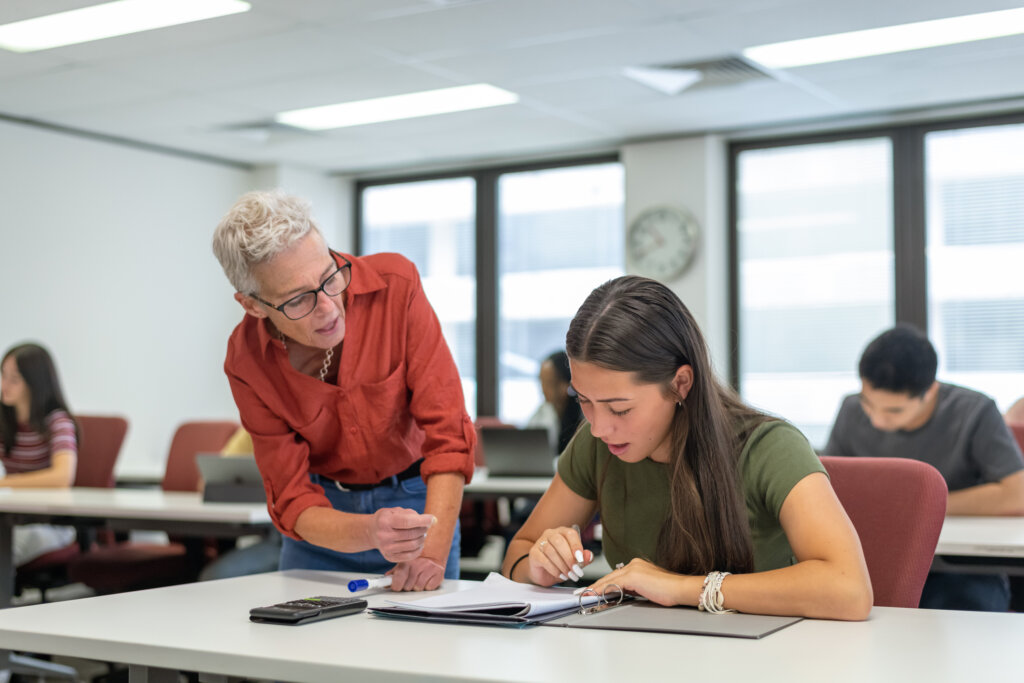
Studies show that teachers, parents and students agree that the old school teaching model with an instructor lecturing to a large class with everyone expected to learn at the same pace doesn’t best serve all students. Here are some tips to engage and inspire students:
- Create goals for each student at the beginning of the year and revisit them often. Collaborate with students on how to increase their productivity to reach their goals by the end of the year.
- Pay close attention to their learning trends. Students who begin to decline in their studies may have trouble at home or in school and may need wraparound services, tutoring or a sympathetic ear. Students are more likely to engage when they feel seen and valued.
- If a student is struggling, encourage them to talk about their challenges and offer them resources. Let them work at their own pace until they master each subject.
- It may not always be feasible to cater to a student’s every interest based on timing and resources, but when students know their teacher wants them to succeed and has created space for them to grow, they will be more engaged and productive.
- Teachers can give all students what they need by dedicating time to one-on-one and small group instruction in the classroom. While some students are working independently, teachers can spend individual time with students who need extra help.
- Allow students to listen to music during their study time. Music helps improve cognitive function, boosts mood and allows the student to better focus.
- Create a questionnaire that asks students about their favorite things. High schoolers appreciate authenticity and value educators who know more about them than just their name.
- Look for opportunities to offer flexible learning such as through phones, laptops and other electronic devices. Some students learn better through online modules while others prefer to be more hands on. Create a mixture of ways to deliver the lesson to the student and allow them to choose how they want to engage with the material.
- Create learning stations inside or outside of your classroom focused on different topics or themes.
- Brain breaks are important. Allow your students to re-center themselves if needed throughout the day to adjust their focus.
Learning is not linear and every student deserves an education that meets them where they are while building confidence to achieve their life goals. For more information, including downloadable tips and resources for incorporating personalized learning into a traditional school setting, visit PersonalizedLearningMonth.com.
